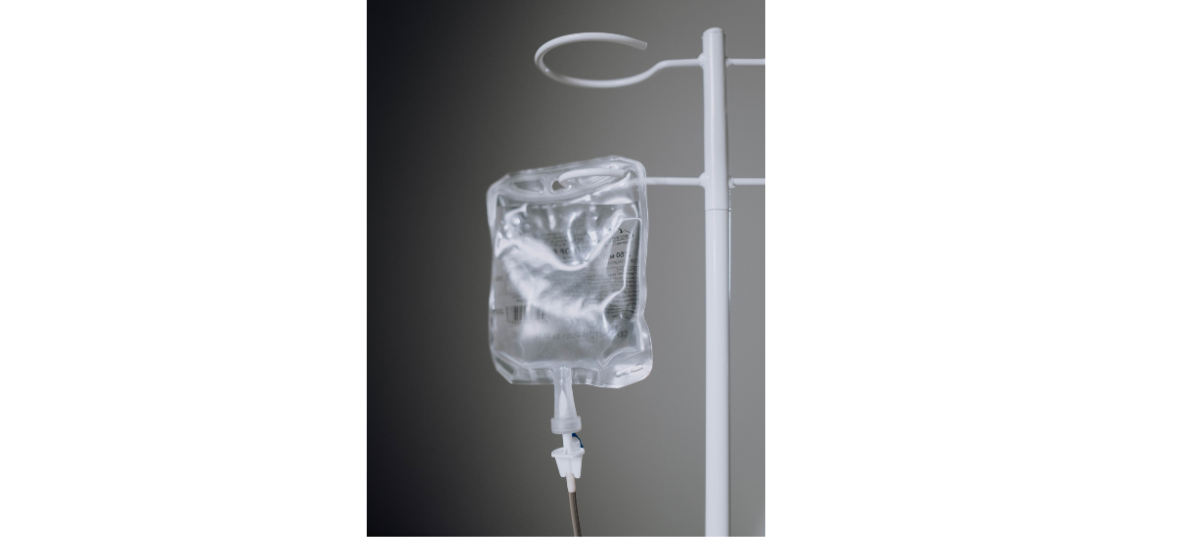Defective equipment or poor surgical technique can cause patient burns or fires in the surgical suite. A new safety guide from The Joint Commission details best practices during arthroscopic, laparoscopic, or thoracoscopic procedures.
The use of scopes during surgical procedures is common, especially minimally invasive methods designed to avoid an open surgery. Strong lights are required during laparoscopic and similar techniques to visualize the interior of a body cavity or joint. Basically, the stronger the light—the hotter the tool can become during surgery.
Lights on scopes have two components: the light, and a connecting cable. Differing surgical needs means there are different types of lights designed and manufactured for use by surgeons. All surgical lights have safety features to dissipate heat to prevent damage to tissue on which the light is intentionally or accidentally focused.
Cables, either gel-filled or fiber optic, are important parts of the scope. The more light that is transmitted through the cable, the higher the heat generated and the greater the risk of thermal burn or an OR fire if drapery smolders unnoticed and begins to burn. In a recent Safety Guide, The Joint Commission lists different ways that excessive temperatures can be generated with scopes, including:
- The cable or the light is defective or poorly designed
- Design features intended to dissipate heat, such as fans, shields, and similar components fail.
- Swapping out interchangeable parts can cause combinations that result in burn or fire.
The heat generated by lights can range between 247 °F and 515.48 °F, leading to tissue death even when the tip of the light is not in contact with skin. A scope set down on surgical drapes, instead of passed to an assistant, can cause drapery to char within three to six seconds, leading to significant patient burns before it is even noticed.
The Joint Commission lists best practices that include:
- Educate surgeons and surgical personnel on the dangers of light sources
- Safe handling of lights, including holding lights and cables away from surgical drapery
- Attention to patient exposure, internally and externally
Thermal burns can lead to serious complications that can cause permanent harm. Patients undergoing surgical procedures must trust the surgical team with their health—and their life. If you are seriously injured through a surgical mistake, speak with our legal team about your options.
Dedicated legal service to patients injured by medical malpractice
Schochor, Staton, Goldberg and Cardea, P.A. has more than 38 years of successful experience representing patients and their families injured through medical mistake. If you suffer serious injury due to a delay in treatment, diagnosis or medical negligence in Baltimore, Washington, DC, or elsewhere in the US, contact us or call 410-234-1000 to schedule a free consultation today.

